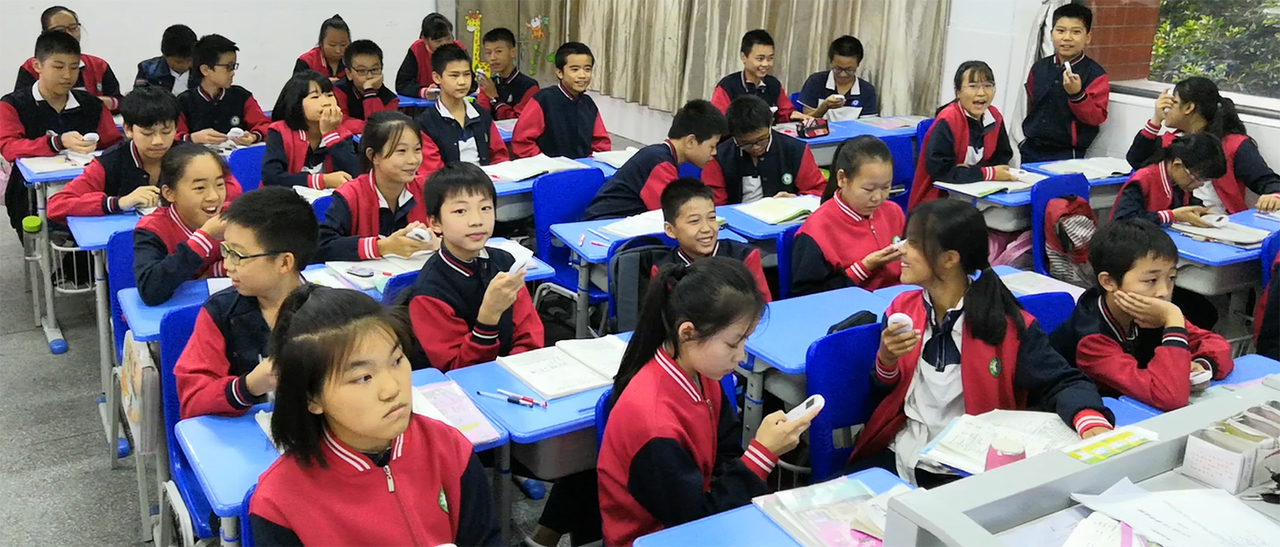Student response systems are tools that can be used in online or face-to-face teaching scenarios to facilitate interactivity, enhance feedback processes on multiple levels, and collect data from students.
Basic practices
The following practices can be introduced into teaching with minimal training and up-front investment of time:
Check students’ prior knowledge when starting a new topic, so the metrical can be pitched appropriately.
Check that students adequately understand the ideas and material being presented before moving on.
Run formative in-class quizzes on the topic just covered and give immediate corrective feedback with the audience response system.
Monitor a group of students’ progress throughout the year, through general observation of SRS activity outcomes and/or formal review of results.
Advanced practices
These practices require more confidence at using the technology and/or investment of time to develop materials.
Remodel (flip) lectures. Students engage with the content before a session (eg through reading, doing exercises, watching a video). The session then becomes a series of interactive activities facilitated through various SRS techniques, which are designed to check that students have done the pre-session activity, diagnose the aspects they need help with the most, and achieve deeper learning.
Collect unit/element feedback from students. In contrast to other methods, such as online surveys, use of Qomo student remotes achieves high response rates, enables immediate analysis, and allows additional probe questions. A number of techniques exist to capture quality comment and narrative, such as open questions, use of paper, and follow-up student focus groups.
Monitor individual students’ progress throughout the year (requires identifying them in the system).
Track student attendance at practical classes.
Transform multiple small-group tutorials into fewer larger ones, to reduce pressure on staff and physical space resources. Use of various SRS techniques retains educational effectiveness and student satisfaction.
Facilitate case-based learning (CBL) in large groups. CBL requires a high level of interaction between students and tutor, so is usually only effective when used with small student groups. However, use of various basic SRS techniques makes it possible to effectively implement CBL for larger groups, which significantly reduces pressure on resources.
Post time: Dec-03-2021




